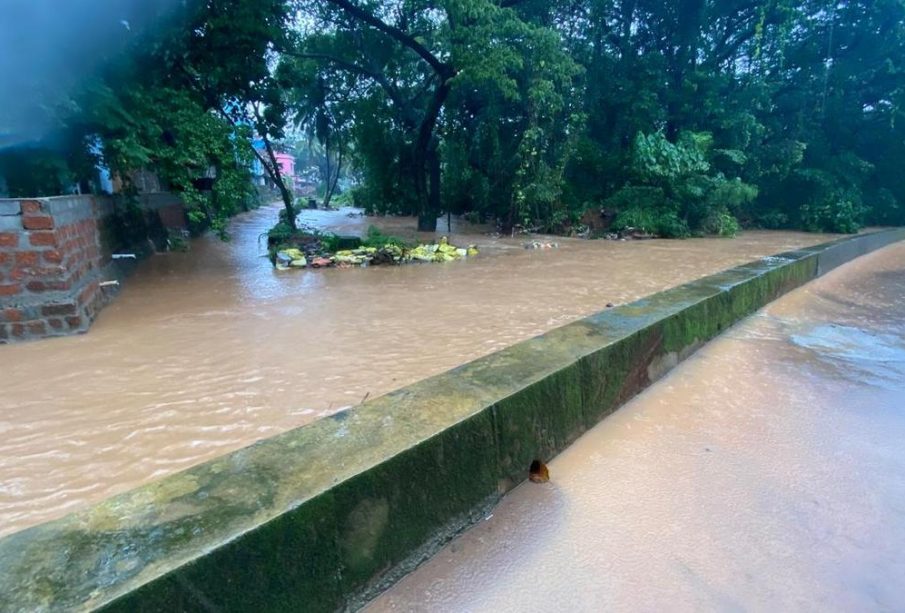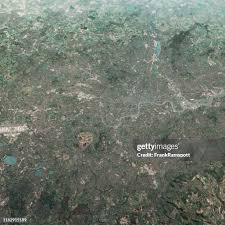Impact of Floods in Dakshina Kannada District

Introduction
Floods in Dakshina Kannada district have become a pressing concern, wreaking havoc on local communities and infrastructure. These extreme weather events have drawn attention not only from local authorities but also from state and national agencies, highlighting the urgent need for disaster preparedness and response strategies.
Recent Events
Heavy rainfall over the past week has led to unprecedented flooding across Dakshina Kannada district. Reports indicate that over 300 villages have been affected, with thousands of residents being evacuated from their homes. The district received around 200 mm of rainfall in just 48 hours, causing rivers like the Netravati and Gurupura to overflow.
Emergency services have been deployed to assist the affected populations. Karnataka’s state government has announced a relief fund of ₹25 crores to support rehabilitation efforts and provide immediate assistance to families in distress. Schools and community centers have been converted into relief camps to shelter those displaced.
Infrastructure Damage
The floods have severely impacted infrastructure within the district. Roads, bridges, and power supply lines have been affected, hampering rescue and relief operations. According to preliminary estimates, damages could amount to over ₹500 crores, with ongoing assessments expected to increase this figure as the situation develops.
Community Response and Support
Local NGOs and volunteer groups are mobilizing to provide essential supplies like food, clothing, and medical assistance. Efforts to collect donations have gained momentum across social media platforms, with residents from neighboring districts extending their support.
Conclusion
The floods in Dakshina Kannada district underscore the vulnerability of communities to natural calamities and the urgent need for effective disaster management systems. As rescue operations continue, the focus will also shift to rebuilding and ensuring that lessons learned from this disaster will inform future preparedness efforts. Local authorities are optimistic that with coordinated efforts between government and civilian resources, the affected communities will recover and rebuild in the face of adversity.









